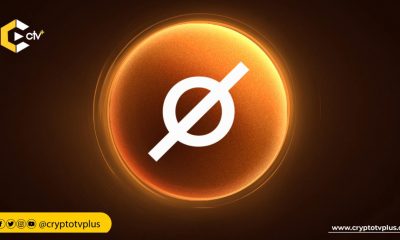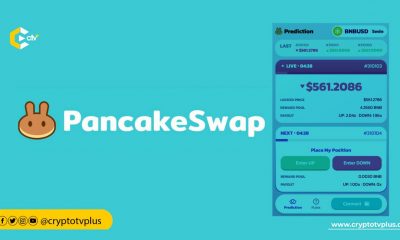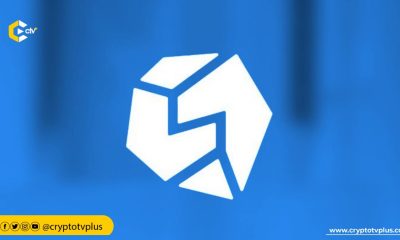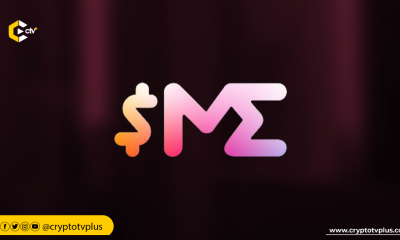News
Vitalik: Pectra to raise ETH Blob target from 3 to 6
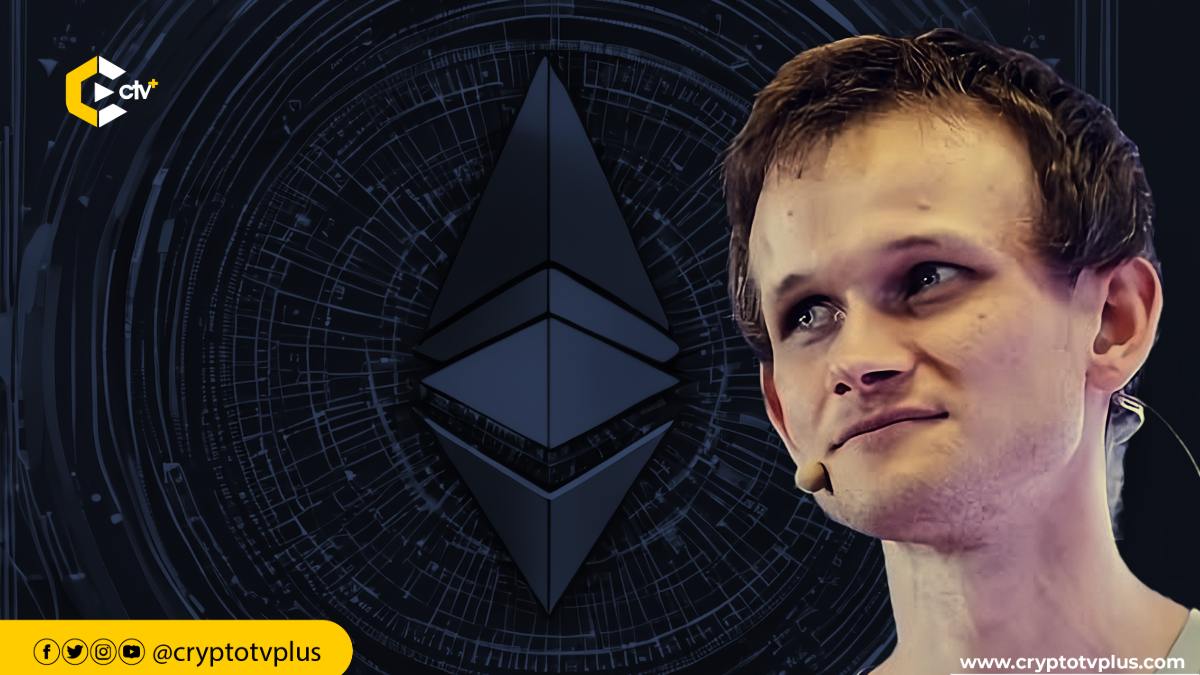
Vitalik Buterin has announced that the upcoming Ethereum upgrade, Pectra, set to launch in March, will increase the “blob” target from 3 to 6. This will effectively double the capacity of Layer 2 solutions.
A “blob” on Ethereum is a temporary data packet used to improve the efficiency of Layer 2 (L2) solutions. Blobs store large amounts of transaction data off-chain while keeping only a small reference on Ethereum’s main chain. This helps scale the network and reduce fees without overwhelming the blockchain.
EIP-4844, also known as Proto-Danksharding, introduced blobs as part of Ethereum’s Dencun upgrade.
The blob target is the number of blobs Ethereum aims to process per block. It sets a baseline for how much Layer 2 transaction data the network can handle.
For example, if the blob target is 3, Ethereum tries to include around 3 blobs per block. If the target increases to 6, as planned in the Pectra upgrade, Ethereum will process twice as much L2 data.
Ethereum serves as the foundation for Layer 2 (L2) solutions, which enhance scalability and lower transaction costs.action costs. They process transactions off-chain and then submit the final data to Ethereum’s main blockchain for security.
Popular L2s include Optimistic Rollups (e.g., Optimism, Arbitrum) and ZK-Rollups (e.g., zkSync, Starknet). These solutions help Ethereum handle more users while keeping fees low and transactions fast.
Buterin also suggested that Ethereum should allow stakers to vote on the blob target in the future. He believes this would enable the network to adjust its capacity in response to new technology without waiting for major upgrades.
Ethereum stakers currently do not have the power to vote on the blob target. Ethereum developers set the blob target and update it through hard forks, such as the upcoming Pectra upgrade.













